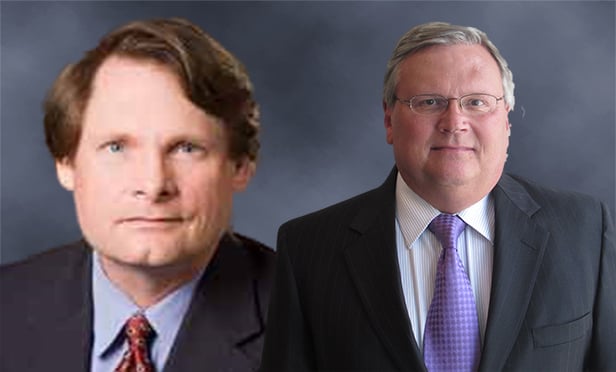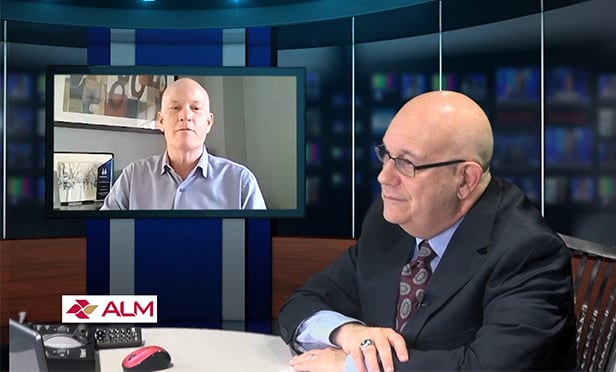The roundtable event was co-sponsored by the group Wall Street West, a federal and state funded initiative to develop a back-up solution for companies in financial services, and the US Green Building Council's New York Chapter. Architect Pat Sapinsley of GOOD Energies and a LEED AP moderated the event.
The heat-producing palaces of computer technology and crucial backup information use around 2% of the entire planet's electricity, according to most estimates. Further, the US Department of Energy says that data centers are creating a serious burden on the US electric grid. According to a 2006 study from the Uptime Institute, by 2010, the estimated cost of the electricity used to cool and maintain energy supplies at data centers will be around $11.5 billion.
Using banking giant Citigroup's example, the Thursday panel addressed new trends in improving the development of green data centers. It also stressed why going green had become even more paramount in the current volatile economy.
Back in 2007, Citigroup announced plans to commit $50 billion to environmental projects--including $10 billion to reduce its own carbon footprint. As part of its green plan, the company developed and recently completed LEED certified Gold data centers in Austin, TX and Frankfurt, Germany.
"From a financial standpoint, as well as environmental, there's always an incentive if you can optimize your efficiency, you can lower our internal costs," said James F. Carney, executive vice president of data center planning and critical systems for Citigroup Technology Infrastructure.
"It's very important for corporate America to make a statement and set some goals out there you can point to," Carney tells GlobeSt.com after the panel's presentation. "You can't just talk about it, you have to do it."
The architect behind Citgroup's Austin facility is Texas native Jay Liese, AIA, principal at Corgan Associates in New York. "The whole evolution with the green data center, the focus on green, is something we've seen over the past five years," said Corgan. He said that most corporate clients have received a mandate from higher up for at the very least, more green facilities.
Liese said that in discussions with his clients, they are approaching the issue in four different ways:
- One: To specifically seek LEED certification at one level or another;
- Two: The client is interested in making sure facility design is guided by LEED principals;
- Three: Clients are looking beyond LEED certification and instead at other ways for benchmarking or cataloging energy efficiency and;
- Fourth: Some clients express increasing interest in demonstration systems whereby they, for whatever reason, may not be ready to deploy.
Liese also said there are companies doing energy audits, but the primary focus has been on data centers. Also on the panel was Brian Schafer, director of business development at Highland Associates and president of 7x24 Exchange Metro's New York Chapter. Schaefer said that firms are in fact looking and evaluating energy audits not only in data centers, but also in office buildings.
Like Citigroup's Carney, he said the approach has to be global. "You have to look at the big picture, the companies have to look at their entire real estate portfolio, audit it and see where you can improve energy efficiency and see real money," he said. "Examine it not only from a design perspective, but also an operations perspective, something where you realize you aren't going to save just $3,000 but $3 million."
Recognizing both the economic as well as environmental impact, some state governments have jumped on board the green ship and Pennsylvania's Gov. Ed Rendell is no exception. "Rendell in Pennsylvania has a fabulous energy initiative here and is very much supportive of green initiatives," said Jim Ryan, director of outreach at Wall Street West.
Ryan's organization informs business leaders in New York's financial and healthcare communities of the advantages of developing backup operations in Northeast Pennsylvania.
Ryan pointed to the Highmark facility, which was one of the first two LEED certified data centers in the nation. "We're kind of in a leadership position, if you will," he said, adding, "we think the incentive package the governor has put together will be a major draw to bring big firms to the area."
Want to continue reading?
Become a Free ALM Digital Reader.
Once you are an ALM Digital Member, you’ll receive:
- Breaking commercial real estate news and analysis, on-site and via our newsletters and custom alerts
- Educational webcasts, white papers, and ebooks from industry thought leaders
- Critical coverage of the property casualty insurance and financial advisory markets on our other ALM sites, PropertyCasualty360 and ThinkAdvisor
Already have an account? Sign In Now
*May exclude premium content© 2024 ALM Global, LLC, All Rights Reserved. Request academic re-use from www.copyright.com. All other uses, submit a request to [email protected]. For more information visit Asset & Logo Licensing.








